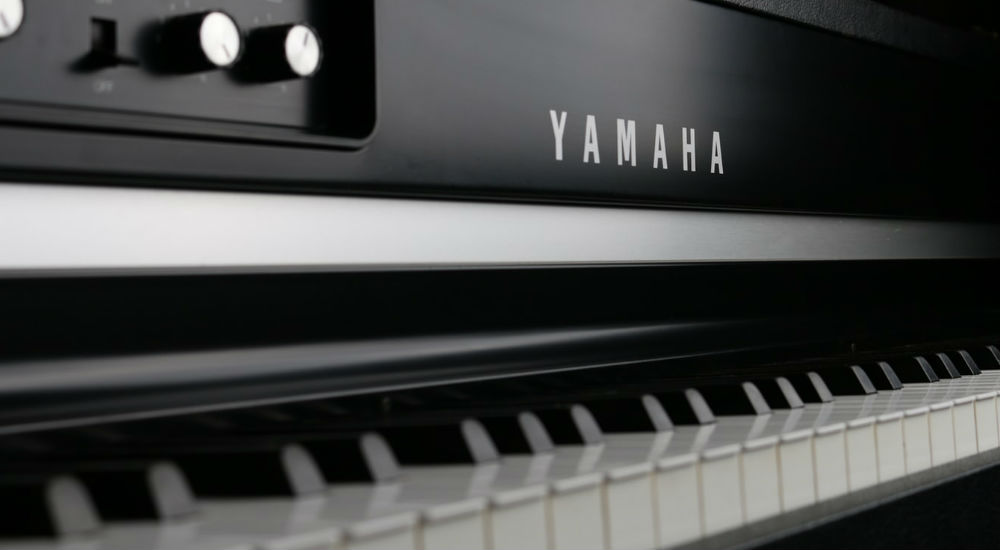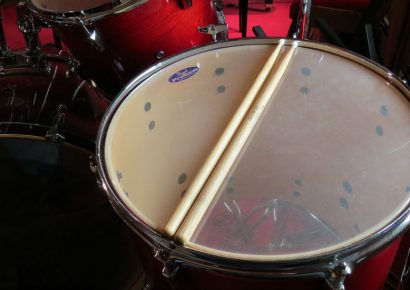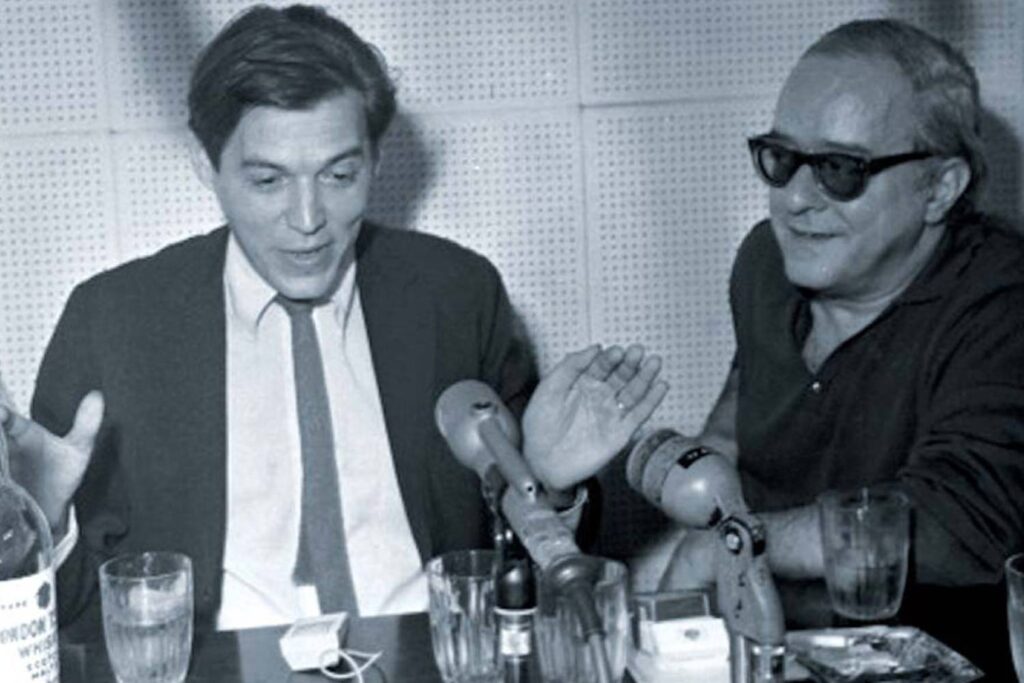Below you will find the seven chords of the song in the key of D Dorian – which, if we think in terms of its relevant major scale is the same as C major.
The characteristic Dorian sound you will have heard in music from the modal jazz era of the 1950s. Artists began to construct songs and improvise over them using the notes from a single mode, often switching between them for different sections. This is in contrast to the typical harmonic approach where melodies take notes from the relevant chords being played. Perhaps the best example of a modal jazz album is Miles Davis’ Kind of Blue, released in 1959.
For Miles and many others this approach expanded their respective improvisation tool kits by giving them a whole scale to play over a chord instead of just its harmonic parts. Overall you get a similar sound to a natural minor scale but with a major sixth twist. The flat third and seven are the reason it sounds ‘blue’ and is often what musicians are referring to in track titles.
Especially listen to some of John Coltrane’s work from the same time – i.e ‘Giant Steps’ – you will really hear the difference between the two approaches.
I digress, playing the first line of chords above you hit each chord change by first moving your top two fingers down one note in the major scale, followed by moving your bottom two fingers down. Here we alternate between root position and the second inversion of a seventh chord – don’t forget the dominant third chord uses a note outside of the Dorian scale.
Now as you finish on Am7 at the end of the top line first we’ll jump up an octave so its easier to read – you can continue moving your fingers down in the same pattern and you will play the whole chord progression again, except, now the inversions are swapped as you see on the second line above. After playing through you will ultimately resolve back on a Dm7 in its root position.
But here’s where it gets interesting. I want you to instead jump to the third line above and take one step clockwise around the circle of fifths – now you’re in the key of A dorian which is the same as G major. Notice the chord you previously finished on now becomes the first chord in the progression.
To play this you continue the exact same fingering pattern but replace any F’s with F#. Try it a couple of times and your fingers will begin to pick up the pattern.
Once you have that down try and take another step around the circle of fifths.
You’ll have finished on an Em7 – which of course becomes the first chord when playing the progression in E Dorian. i.e. D major. Now you replace any C’s with C#. You’ll just need to jump up an octave every now and again when the chords begin to sound muddy.
Also, if you learn these chords in both hands you can begin to play them in the left and improvise with the Dorian scale in the right hand, or, play in the right and make up walking bass lines in the left by following the right arpeggios.
Perhaps a better exercise is to start playing the progression from about Eb major, and work your way from there clockwise around the circle of fifths. This way you drop flats until you reach C and then begin to add sharps from then onwards. It’s much easier to play six or seven keys before you really start to get lost in double sharps or flats. Also, most people tend to play the song in one of these keys so you’ll find you can play along quite happily.
In any case, ‘Autumn Leaves’ is a really great song to hear the use of the flat 5 and dominant third chords; they really stick out and create tension for listeners, as well as opening up new paths for improvisation – an effective way to ‘jazz up’ lots of other songs too without strictly needing to know too much about jazz.
Read our last piano lesson here.








